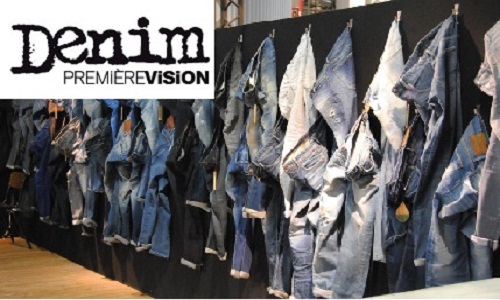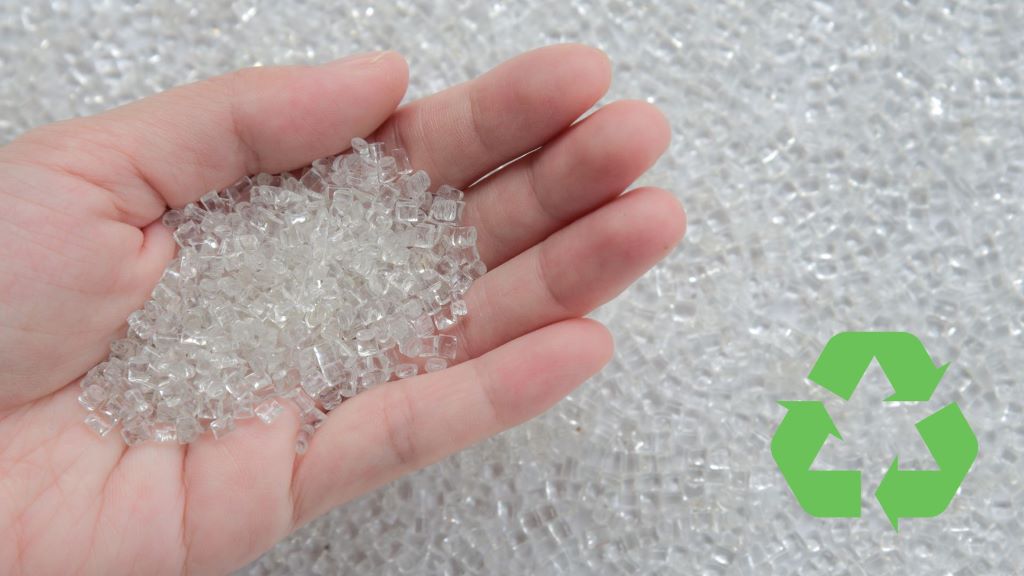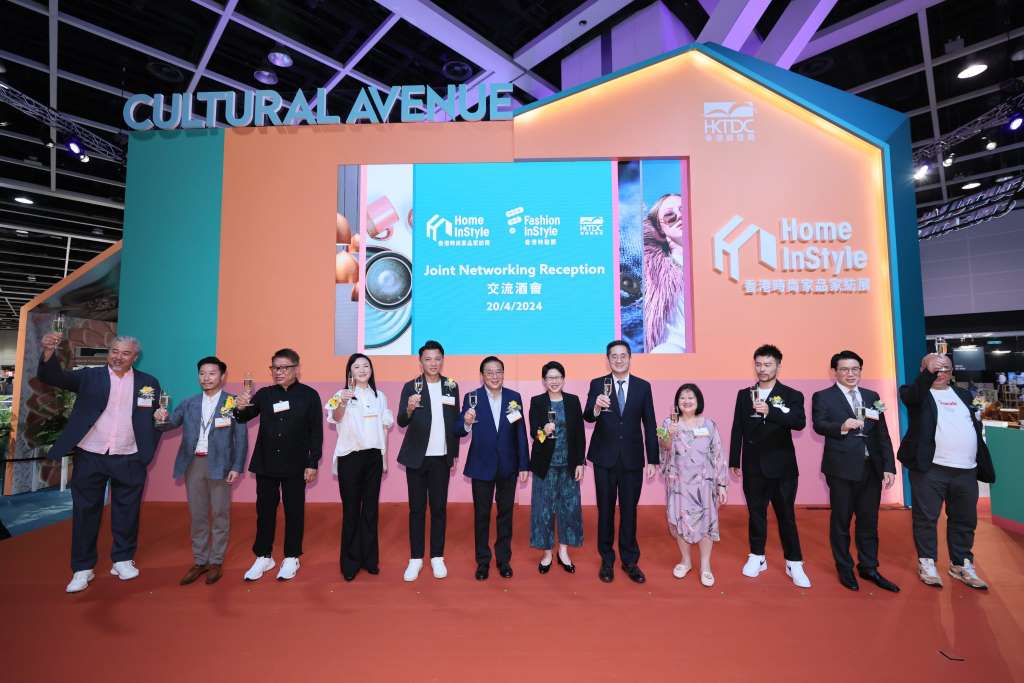"The recent edition of Denim Première Vision brought to fore many developments in the denim sector. Global companies such as Bossa, Kilim and Berto presented fabrics made with fiber from post-consumer recycled denim. A panel discussion was devoted to the developments in post-consumer recycled denim (PCRD) and best practices to scale and promote it at the consumer level. Lori DiVito, Professor at the Amsterdam University of Applied Sciences and co-founder of the Alliance of Responsible Denim, emphasized there needs to be a leadership in order to experiment. She said, it’s all about experimenting, so having the time and dedicated team to experiment with recycled denim is the key element. That means allocating resources not only financially but human resources that can test PCRD, design it, see how it performs in the market and then adopt it on a greater level."
 The recent edition of Denim Première Vision brought to fore many developments in the denim sector. Global companies such as Bossa, Kilim and Berto presented fabrics made with fiber from post-consumer recycled denim. A panel discussion was devoted to the developments in post-consumer recycled denim (PCRD) and best practices to scale and promote it at the consumer level. Lori DiVito, Professor at the Amsterdam University of Applied Sciences and co-founder of the Alliance of Responsible Denim, emphasized there needs to be a leadership in order to experiment. She said, it’s all about experimenting, so having the time and dedicated team to experiment with recycled denim is the key element. That means allocating resources not only financially but human resources that can test PCRD, design it, see how it performs in the market and then adopt it on a greater level.
The recent edition of Denim Première Vision brought to fore many developments in the denim sector. Global companies such as Bossa, Kilim and Berto presented fabrics made with fiber from post-consumer recycled denim. A panel discussion was devoted to the developments in post-consumer recycled denim (PCRD) and best practices to scale and promote it at the consumer level. Lori DiVito, Professor at the Amsterdam University of Applied Sciences and co-founder of the Alliance of Responsible Denim, emphasized there needs to be a leadership in order to experiment. She said, it’s all about experimenting, so having the time and dedicated team to experiment with recycled denim is the key element. That means allocating resources not only financially but human resources that can test PCRD, design it, see how it performs in the market and then adopt it on a greater level.
Antwerp-based denim brand, HNST, will soon start delivering its first batch of jeans made with 56 per cent PCRD. Denim by HNST fosters a circular economy, which means they can be recycled again. Embroidered rivets replace metal pins, buttons are removable, pocketing fabrics include fiber made from recycled white T-shirts, and labels are made from GOTS-certified jacron, a paper-like material. In September 2017, the brand initiated a two-week collection campaign in Belgium, where it collected over 6,000 pairs of old jeans that were sorted and recycled into new denim. Fibres made from the non-wearable jeans were blended with Tencel and woven back into denim fabric in Italy.
This year again, it will host a second harvesting campaign asking consumers to donate unwanted denim to create a new collection. The same phenomenon would continue for years in order to enhance recycling initiative. In order to be sustainable, HNST shares its supply chain partners, from spinning (the European Spinning Group) to dyeing (Italy-based PureDenim), as well as a breakdown of the costs.
would continue for years in order to enhance recycling initiative. In order to be sustainable, HNST shares its supply chain partners, from spinning (the European Spinning Group) to dyeing (Italy-based PureDenim), as well as a breakdown of the costs.
Working on bottlenecks
Kuyichi currently uses up to 20 per cent of PCRD fibre in its jeans to maintain quality and hand feel. There are limitations in the percentages of how much recycled denim and cotton one can add to a garment because the fibers are shorter. This also limits the possibilities of fabric. It’s time consuming to ensure that the quality of fabric is what you want, Damen said. However, she emphasised that Kuyichi’s supply chain is motivated by the idea of PCRD and its potential. It’s also time consuming to decipher what’s inside post-consumer garments. HNST created its own protocol and testing to ensure it is using high quality PCRD fibers, but the company fears that other companies may not take on that responsibility. The denim industry needs to come together to bring in checks in place to prevent other substances from staying in the loop.
Consumer connect
Limitations can be managed once companies start interacting with the customers. As Smits highlights, there’s no one-size-fits-all approach to designing and promoting PCRD—or sustainability for that matter. There’s a difference between brands that have differentiated themselves on sustainability to start, and a regular jeans brand that starts to communicate about this. However, one fact that all denim brands should take into account is there’s a large growing group of consumers that care about this. The Alliance for Responsible Denim is working on developing a tool box for brands, so they know what questions to ask suppliers, what certifications or standards to look for and how to share this information with end user.
Kuyichi is in the process of making a menu that shares with consumers what new sustainable innovations the brand has added into the makeup of its jeans, where and how it was made and the certification standards it meets. The way Damen sees it, young generations buying denim right now are engaged in sustainability thought and want to make a difference through their buying behaviour. There are huge benefits communicating this story to the consumers because they want to be part of this change.












